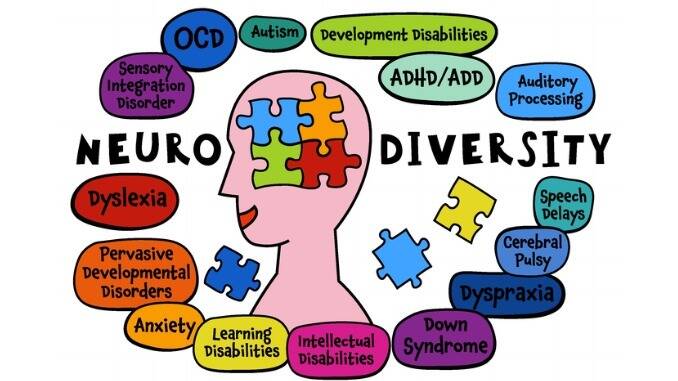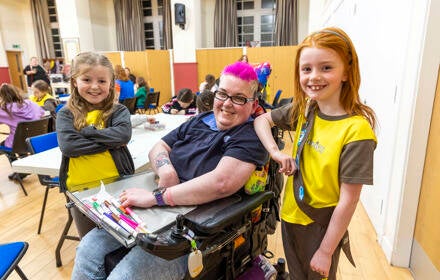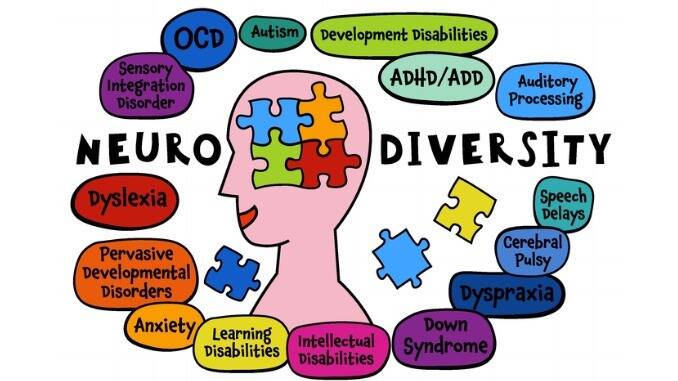BLOGS
Harnessing Transformative Resilience for Growth (2/10/25)
So, how do we move from survival to transformation? Here are four key pathways:
1. Adaptability as Strength
Being resilient means being flexible. When faced with challenges, adaptable systems and people find new ways to thrive. For example, many educational institutions turned pandemic disruption into an opportunity to expand digital learning and global collaboration.
2. Embracing Innovation
Adversity often sparks creativity. Transformative resilience requires asking: What new solutions can this challenge inspire? Organizations that use challenges as a springboard for innovation not only recover but leap ahead.
3. Investing in People
Resilience is deeply human. Supporting mental health, building supportive networks, and nurturing leadership at all levels create environments where people feel empowered to face challenges and drive growth.
4. Sustainability and Long-Term Thinking
True resilience looks beyond short-term fixes. By embedding sustainability — whether in environmental practices, financial planning, or community building — we ensure that growth is enduring, not temporary.
Beyond Survival: Stories of Growth
History shows that some of the greatest leaps in progress come from difficult times. From companies born during recessions, to communities rebuilding stronger after disasters, the pattern is clear: challenges, when met with transformative resilience, can unlock unexpected potential.
The key is to cultivate a mindset and culture that welcomes change, encourages learning, and values innovation.
Final Thoughts
Resilience is no longer about merely bouncing back — it’s about bouncing forward. By harnessing transformative resilience, individuals, organizations, and communities can move beyond survival to a place of growth, innovation, and long-term sustainability.
The question is not if challenges will come, but how we choose to meet them. And when we meet them with transformative resilience, the result is not just recovery, but a stronger, more adaptive future.



linkedin.com/kieron=o-brien-a5728649
















PROFOUND AUTISM
Profound or severe autism represents a subset of the autism spectrum and is characterised by significant cognitive and functional impairments. Individuals with profound autism may be nonverbal or minimally verbal, necessitating extensive support for daily living activities.
Clear and focused terminology like this helps streamline the process of identifying appropriate interventions, enabling faster and more effective care for individuals with autism. This article delves into the unique challenges faced by individuals with profound autism and their families, highlighting the critical support mechanisms required to enhance their quality of life.
What is Profound Autism?
Profound autism spectrum disorder is a type of Autism with high support needs. It comes under level three of severity, that were introduced by DSM-5.
Individuals with severe autism exhibit intense traits, including sensory processing issues and significant difficulty handling changes in routine. They may face common behavioural challenges such as aggression, running away, or self-injury. Those who are nonverbal or have limited speech and social communication skills require substantial assistance.
How Common is Profound Autism?
Research suggests that about 26.7% of 8-year-olds diagnosed with autism spectrum disorder fall into the category of profound autism. These numbers are even higher among girls, minorities, and children from lower-income households.
Characteristics of Individuals with Profound Autism
The term gained attention after The Lancet Commission’s 2021 report, which highlighted the importance of distinguishing varying levels of need within the autism spectrum. According to the report, someone with profound autism typically:
- Are at least 8 years old.
- Need constant, 24-hour support from a caregiver.
- Have an IQ below 50 and/or are non-speaking or have very limited verbal communication abilities.
The following are several core features that differentiate profound/severe autism from milder forms, which often appear early in childhood and persist throughout an individual’s life.
1. Social Communication Challenges
Individuals may show very limited initiation of social interactions and respond minimally to social overtures from others. For instance, a person with a limited ability to speak intelligibly may rarely initiate conversations. When they do engage, their approaches may be unconventional, primarily focused on meeting their needs, and they typically only respond to straightforward social approaches.
2. Sensory Sensitivities
Individuals with profound autism may exhibit heightened or diminished sensitivity to sensory stimuli, a condition often called sensory dysfunction. This phenomenon can show up as either hypersensitivity or hypo-sensitivity to various sensory modalities, including:
- Visual stimuli (light)
- Olfactory stimuli (smell)
- Auditory stimuli (sound)
- Tactile stimuli (touch)
- Gustatory stimuli (taste)
- Proprioception- The awareness of one’s self-movement, actions, forces, and spatial location
- Interoception- Internal cues related to bodily states such as hunger, thirst, the need to use the restroom, and responses to ambient temperature
- Vestibular sense- The ability to maintain balance, spatial orientation, and coordination
Also, Environments that are crowded, brightly lit, or noisy environments are overwhelming for individuals with severe autism.
3. Behavioural Inflexibility
Individuals on the autism spectrum frequently engage in repetitive and self-stimulatory behaviors. Those with lower support needs may exhibit behaviors such as hand flapping, and finger flicking; however, they are generally able to exert control over these behaviors for limited periods when necessary.
Conversely, individuals requiring higher levels of support tend to exhibit a broader range of intense and often uncontrollable behaviours. Typical manifestations in this group include door slamming, severe rocking, and vocalizations such as moaning.
These individuals frequently encounter considerable challenges in adapting to change and experience significant difficulties in shifting focus or altering their actions.
4. Cognitive and Adaptive Challenges
Level 3 ASD is often but not always associated with intellectual disability. Many autistic individuals have high IQs, but some have scores at or near 75, which is the cutoff for intellectual disability.
Those who need a lot of support often have low or very low IQs, even when non-verbal tests are used. Some may have difficulty with abstract thinking, problem-solving, and even basic daily skills like self-care and safety awareness.
It's important to note that some individuals with significant autism traits can effectively communicate, using sign language, spelling boards, or alternative communication tools like AAC devices. Additionally, some autistic individuals who require high support may be more capable than they initially appear.
Difference Between autism vs profound autism
Autism covers a wide spectrum, with each person experiencing it differently. The key difference between autism and profound autism comes down to the severity of symptoms and how much support an individual needs.
Support and Needs of Individuals with Severe Autism
Since autism is not curable, a variety of medical and non-medical interventions are available to support autistic individuals with high and complex needs. These treatments focus on addressing challenging behaviours, promoting independence, and improving the overall quality of life for those involved.
1. Medication Options
There are no medications specifically formulated for the treatment of autism; certain pharmaceuticals may be prescribed to manage associated conditions such as anxiety, attention deficit hyperactivity disorder (ADHD), or seizures.
2. Supported Independent Living (SIL)
Supported Independent Living (SIL) provides 24/7 support in individual living arrangements, tailored to each individual's needs. This assistance helps severely autistic individuals with daily living activities, personal care, and social participation, fostering greater independence and enhancing quality of life.
3. Capacity Building Supports
Capacity-building supports include therapy services that help people develop skills and manage behaviours. These supports are:
- Speech Therapy: This service improves communication skills, including options for people who cannot speak.
- Occupational Therapy: This therapy helps people improve their daily living skills, sensory processing, and fine motor skills.
- Psychological Support: This service offers mental health care and strategies to manage anxiety, depression, and other related conditions.
4. Behavioral Interventions
Some of the widely used behavioural approaches that focus on reinforcing desired behaviour include Applied Behaviour Analysis (ABA) and Discrete Trial Training (DTT), effective in teaching new skills and promoting adaptive behaviours.
5. Assistive Technology
Includes devices that enhance safety and independence. Examples are emergency alert systems, communication devices, and monitoring systems. These technologies can greatly improve the quality of life for individuals with severe autism.
Conclusion
Profound autism presents significant challenges in social communication, sensory processing, behavioral flexibility, and daily functioning.
Individuals with profound autism often require very substantial support due to difficulties in adapting to changes, engaging in social interactions, and performing essential life skills.
While autism is not curable, various medical and non-medical interventions, such as speech and occupational therapy, behavioral strategies, and assistive technology, can improve quality of life and foster greater independence.
By providing personalised support, structured environments, and appropriate interventions, individuals with severe autism can achieve meaningful progress and lead fulfilling lives.



Don't miss out on the chance to save while enjoying the quality and service you love. Keep an eye on this space for the latest updates and grab these amazing deals while they last!







